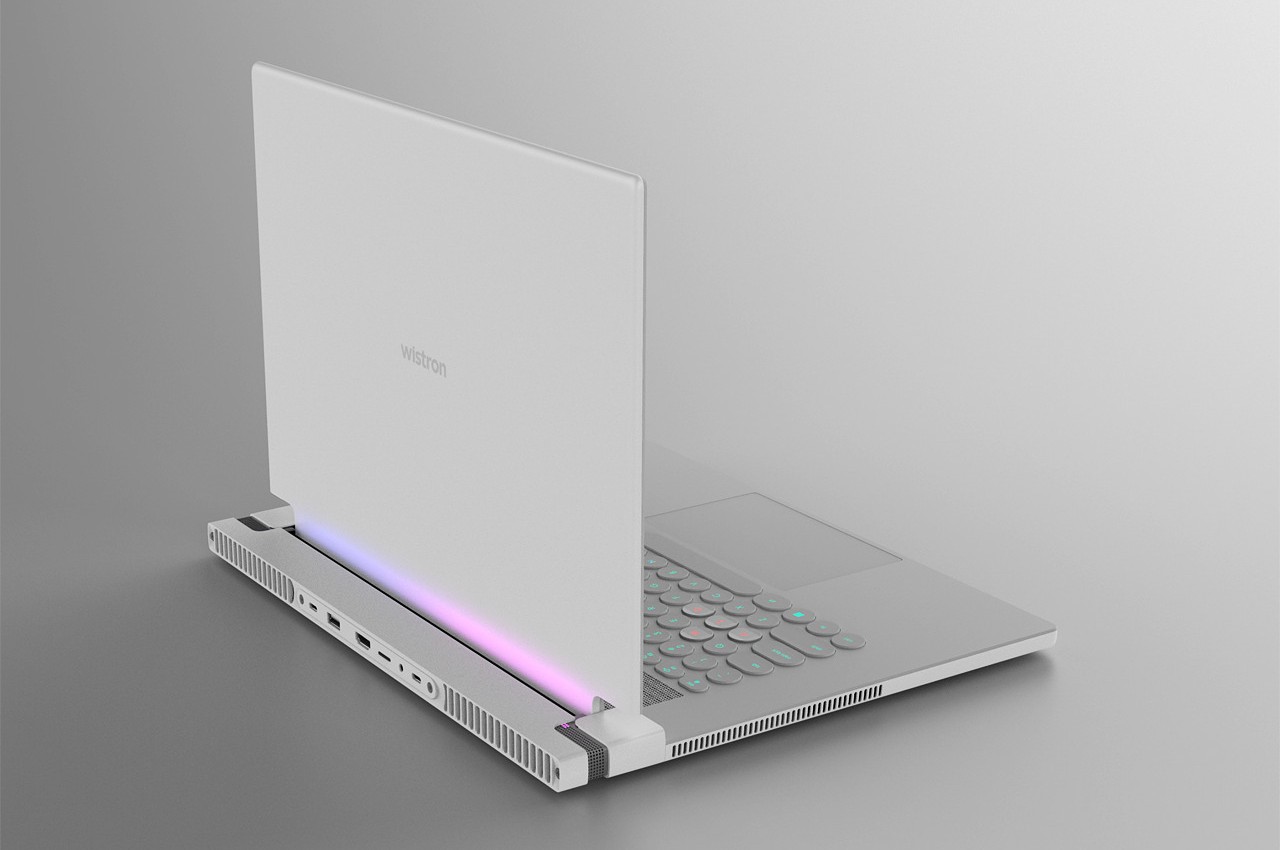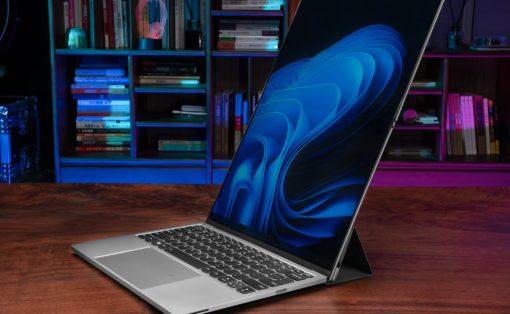
Laptops today have become quite powerful beasts, capable of handling AAA games and even multimedia creation that their predecessors would choke at. But with great power comes great heat generation, the bane of CPU performance and battery life. Keeping a laptop cool has been a very big puzzle for laptop designers, mostly because of the problem of squeezing an efficient cooling system inside an extremely thin chassis. There are many existing solutions available today, ranging from extra large fans to vapor cooling chambers, but this particular concept offers an additional level of thermal management where a portion of the laptop’s rear extends to facilitate better airflow to and from the internals.
Designer: Wistron
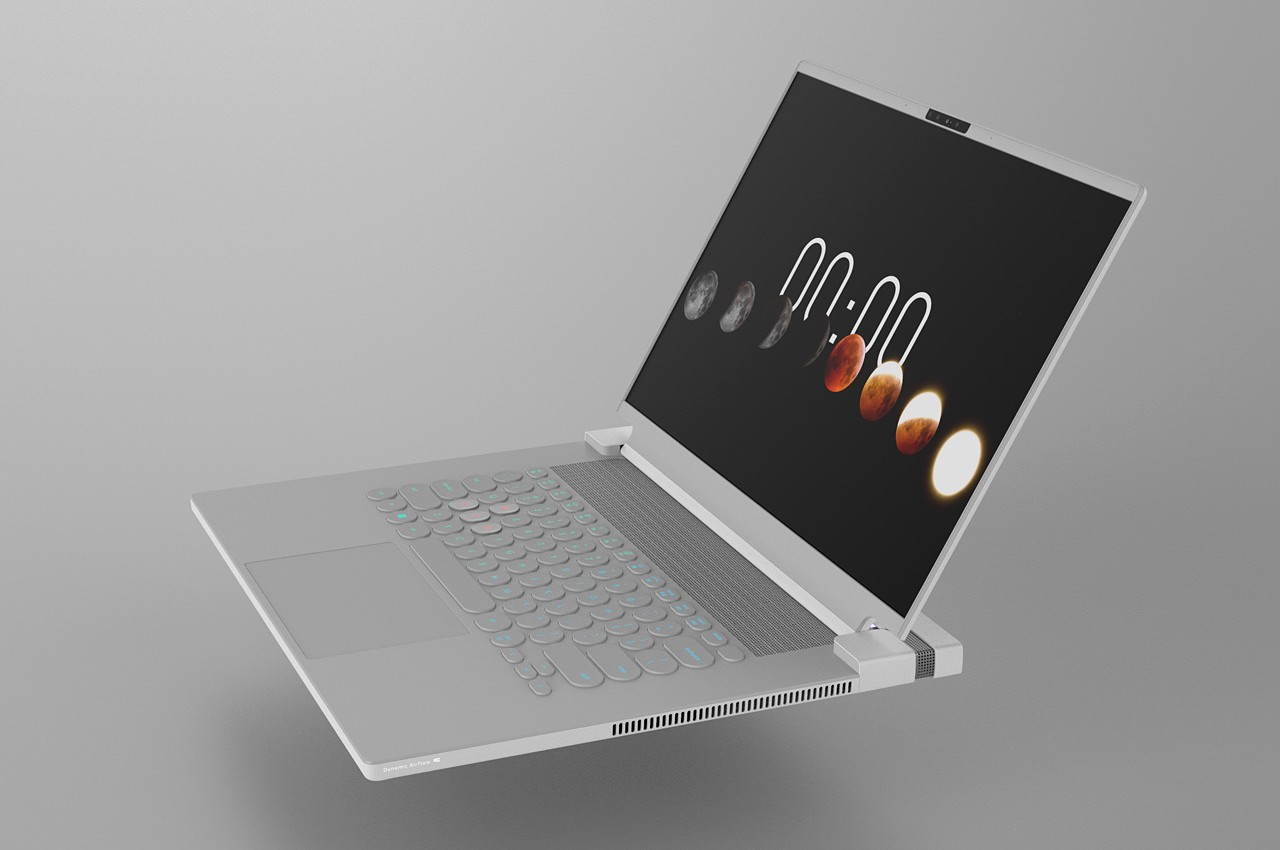
Laptop cooling systems might come with different names and gimmicks, but they all function with the same principle. You draw heat away from the processors and battery and blow out the hot air while simultaneously drawing in cooler air. Whether it’s passive cooling with vapor chambers or active cooling with fans, proper airflow is still a critical element in the system. Unfortunately, due to design requirements, laptop air vents are actually small and too few.
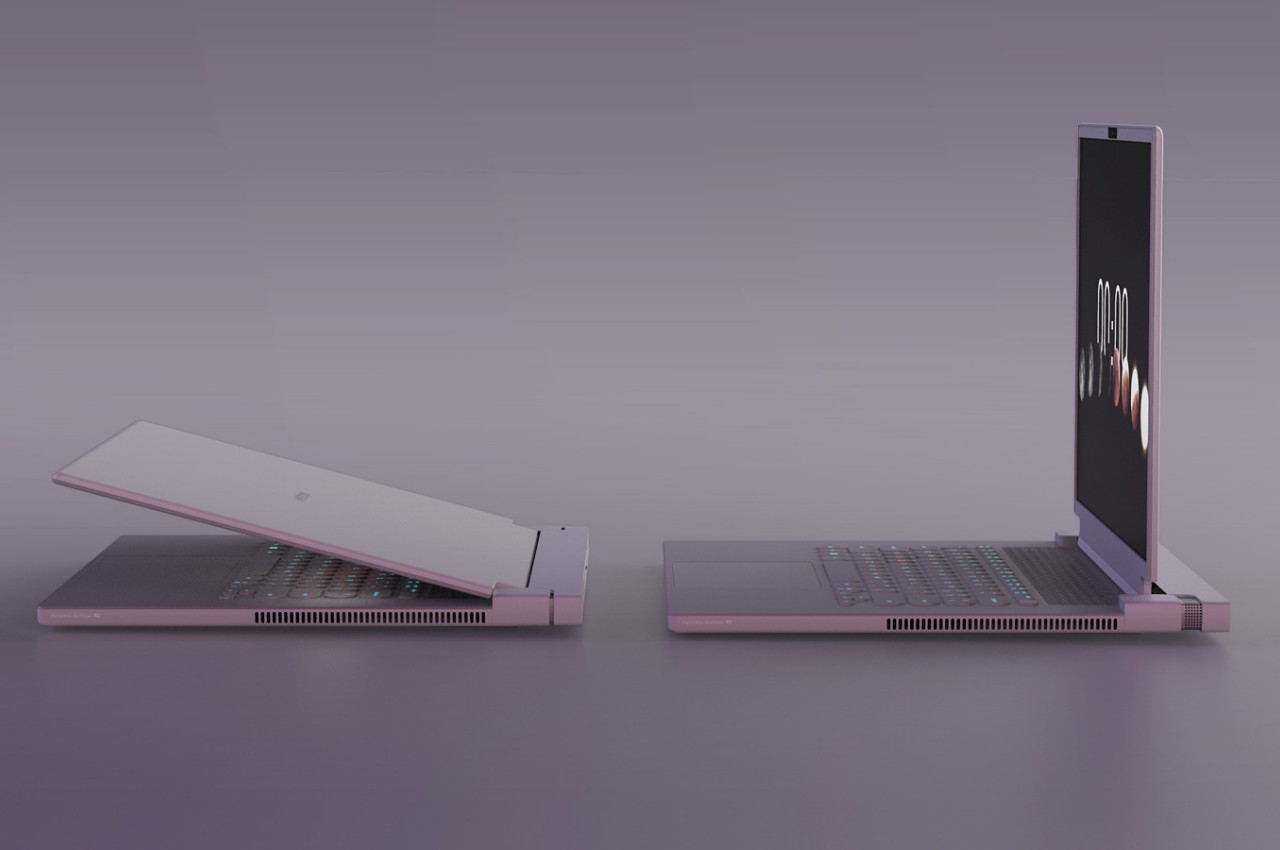
This design concept tries to fix that problem by almost literally opening up a part of the laptop in order to create more and bigger openings for air to pass. Dubbed “dynamic airflow,” the design has one part of the laptop extend and move, exposing more vents for better airflow. In this case, it’s the back of the laptop that moves further back once you open up the lid. Conversely, that rear panel retracts again as you close the lid.
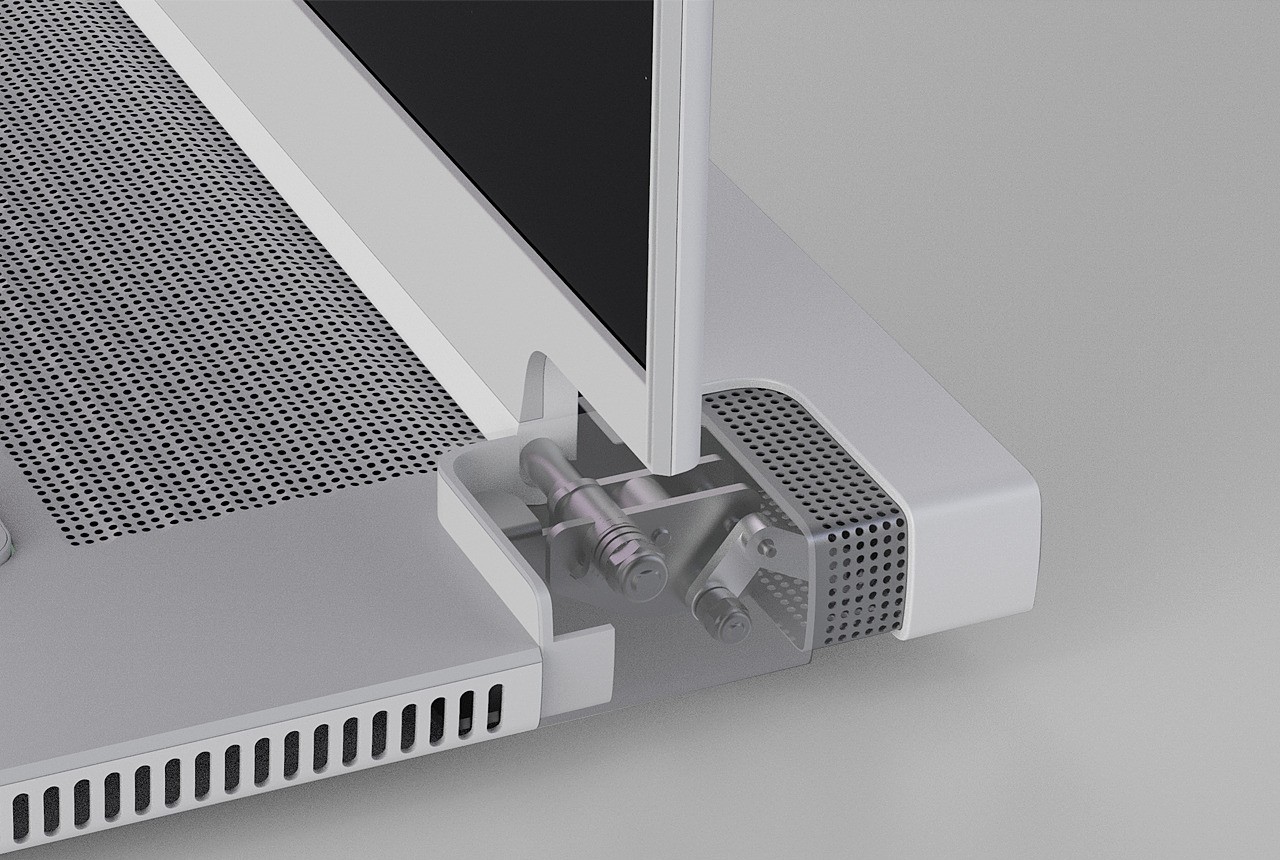
This moving part can house the laptop’s “heat module,” which can be, for example, small fans that move the air around. Normally, thermal cooling systems are placed on top of the laptop’s motherboard, which ironically leaves little room for the air to flow. Separating this thermal component not only frees up more space for airflow, it also makes it theoretically possible to make the laptop even thinner with this arrangement.
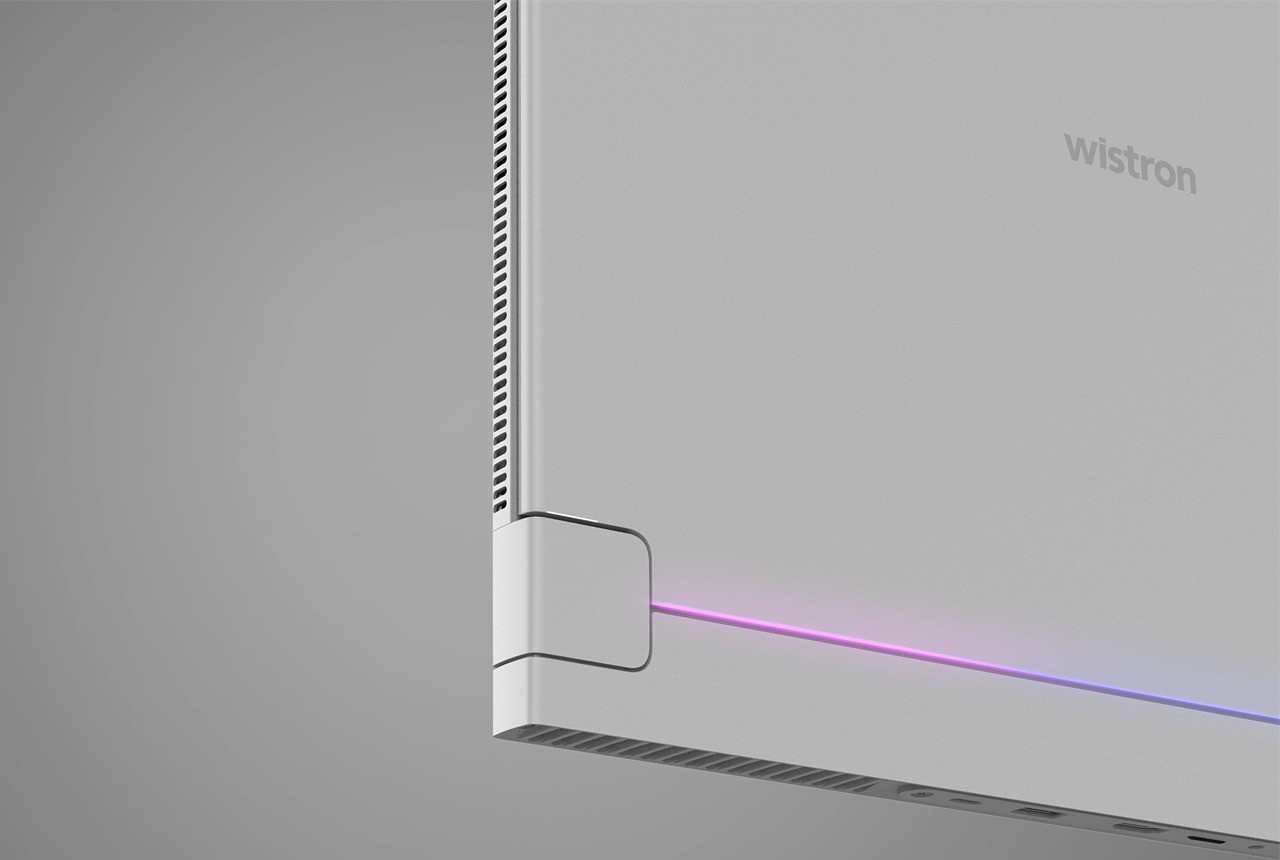
Of course, it’s easier said than done, as the design will also have come with its own consequences. For one, it makes the laptop design more complicated with more moving parts and mechanisms to extend and retract that component, which, in turn, could introduce structural compromises and new points of failure. Given the company behind the design, we might actually see this dynamic airflow concept tested in the wild by some major laptop manufacturers, which will then give us a better handle on how effective the solution really is.
